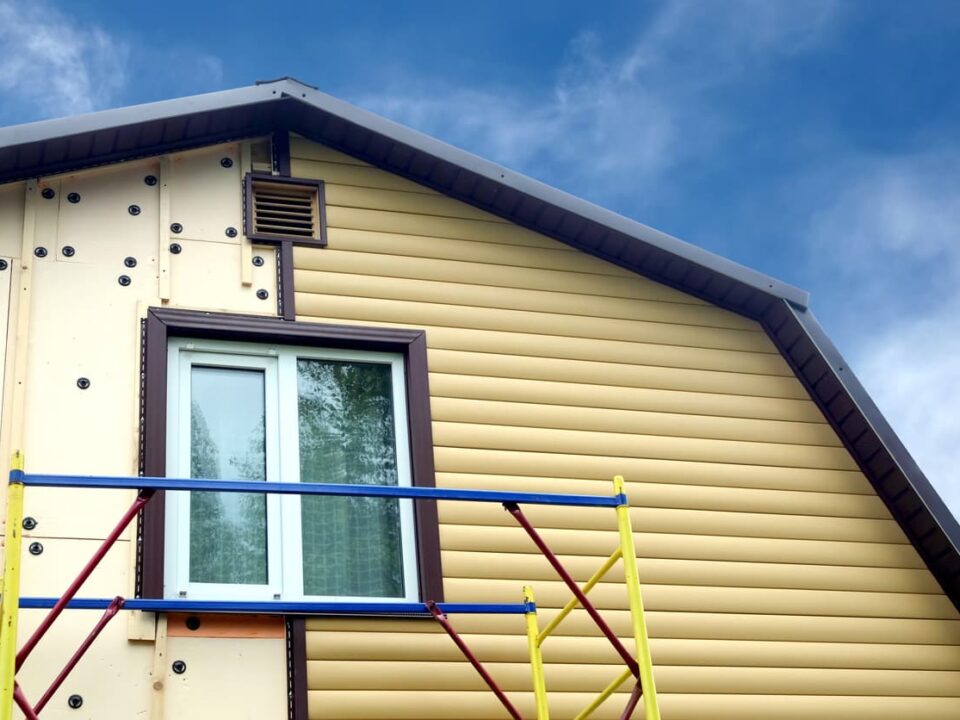
How to Choose the Best Roofing Materials For Your House
October 29, 2021
Brighten Up Your Home by Adding More Windows
November 2, 2021The extreme temperatures in winter can cause many issues for homeowners, and frosty windows are among them. Seeing frost and condensation on your windows may not be surprising as the weather gets colder, but that doesn’t mean that it’s not cause for concern. Frost forming on your windows can be indicative of a bigger problem and should tell you that you need to take steps to remedy the problem. While frosty windows may indicate that it’s time to consider new windows, there are other potential solutions as well.

What Causes Frosty Windows?
When the air outside is extremely cold, beads of moisture can accumulate on the inside glazing of your window, causing a layer of frost to develop on the glass or in the corners near the frame. The primary cause for frosty windows is the interior humidity level. When ice forms on the inside of your window, it is the cold air from outside leaking inside the window and coming into contact with the moist air in your home before refreezing. Closing heavy drapes over your windows to prevent the cold air from entering your home will actually make the problem worse, as you will trap moisture against the glass.
What are Solutions for Frosty Windows?
The first thing to do is check for leaks in your insulation allowing cold drafts to enter. If you’ve recently had new replacement windows installed, speak with your contractor about checking to make sure the seals were done correctly. After checking for drafts, the first way to stop condensation from forming is to make sure that your indoor humidity levels are right in the winter. If your windows are sweaty or frosty, the humidity in your home is likely too high. As the weather gets colder, you need to lower the humidity in your home. If you have a whole home humidifier, you may want to get a hygrometer to measure the humidity level accurately so you can adjust as necessary. Another solution is to turn your ceiling fans on winter mode to pull the warm air up and keep the air circulating in the room. Finally, keeping drapes open will allow the warm air in the room to melt the frost or ice. Trapping the frost behind heavy blinds can cause more issues with the condensation.
When to Consider New Windows
If your windows are old and you’ve been experiencing frost and condensation during the winter months, it may be time to consider new windows. Consistent frost during the winter usually means there is poor or inadequate insulation around your window frames, the glass is not well insulated, or the seals are no longer performing as they should. Windows do wear out and need to be replaced eventually, and frosty windows may be a sign that it’s time for you to think about new windows. Speaking with a contractor about how your current windows are performing will help you determine if it’s time for new windows.
If you know your windows aren’t ready for replacement and you see condensation, don’t panic. Sometimes condensation without frost can be a sign that your windows are doing their job and holding the heat inside your home. If you do get ice buildup you can try some of the measures to reduce it. Armorvue Home Exteriors can help. Having new windows installed is a big undertaking, but with the right contractor, it can be a smooth process and a very worthwhile investment. If you’ve got questions about new replacement windows, contact us today for a virtual appointment.
Subscribe to ARMORVUE Home Exteriors’s Blog
Get ARMORVUE Window & Door’s latest articles straight to your inbox. Enter your name and email address below.




